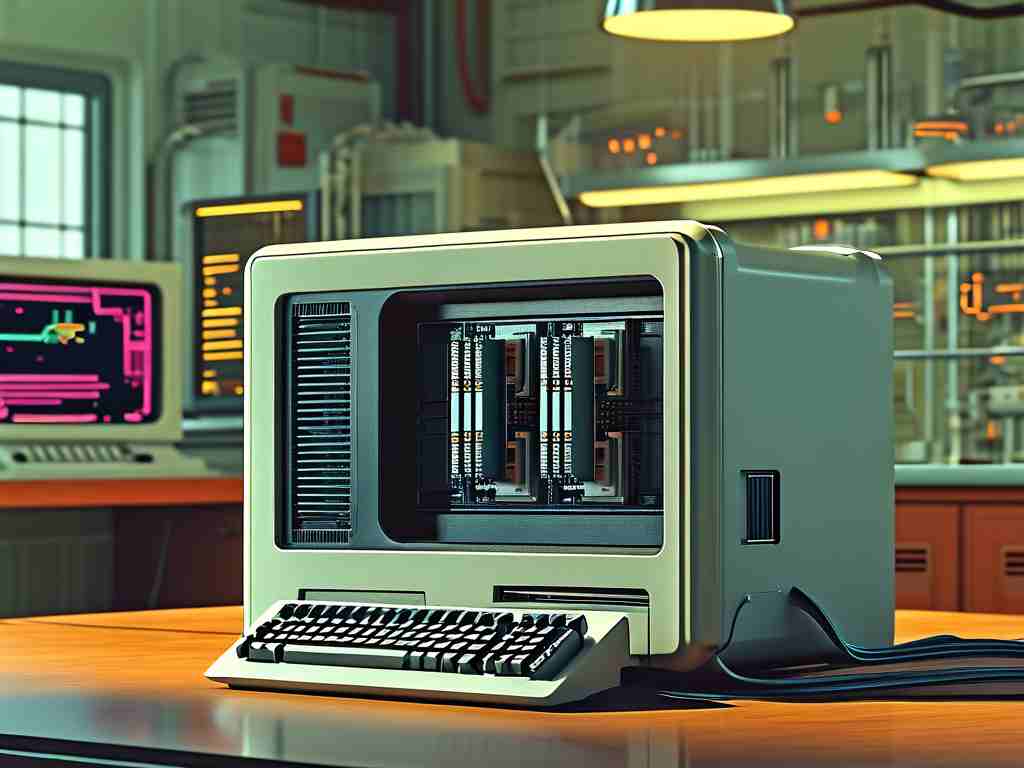As technology advances, users increasingly encounter rigid memory configurations in modern computing devices. The phrase "computer cannot expand memory" has become a common frustration among professionals and casual users alike, signaling a fundamental shift in hardware design philosophies across the industry.

The Evolution of Memory Architecture
Manufacturers now solder RAM directly onto motherboards in ultrabooks and compact workstations, abandoning traditional DIMM slots. Apple's M-series chips exemplify this trend with unified memory architecture (UMA) that shares resources between CPU and GPU. While this delivers 40% faster data transfer speeds according to internal benchmarks, it eliminates user-upgrade possibilities. Gaming laptops like the Razer Blade 14 follow similar design principles, prioritizing slim profiles over expandability.
Technical Constraints and Performance Tradeoffs
Three primary factors drive this paradigm shift:
- Space optimization in thin devices leaves no room for socketed components
- High-speed memory (LPDDR5X reaching 8533 MT/s) requires precise trace layouts
- Power efficiency demands tight integration between memory controllers and chips
These engineering decisions create systems where memory bandwidth can reach 200GB/s in devices like Microsoft's Surface Studio, but users face permanent configurations chosen at purchase.
Software Implications
Developers must now optimize applications for fixed memory environments. Microsoft's Windows 11 memory compression algorithms demonstrate this adaptation, achieving 60% better memory utilization than previous versions. Cross-platform frameworks like Electron face particular challenges, with Slack's desktop app requiring 500MB baseline memory despite simple functionality.
Workaround Solutions
Technical professionals employ various mitigation strategies:
- Cloud-based memory expansion using AWS Elastic Compute Cloud
- RAM disk configurations allocating 30% of memory as volatile storage
- Swap file optimization in Linux systems (swappiness values below 10)
These methods show 15-20% performance improvements in controlled tests but can't match physical memory upgrades.
Industry Perspectives
Hardware engineers defend these choices through reliability metrics. HP's ZBook Fury line demonstrates 0.05% failure rates with soldered memory versus 0.12% in socketed configurations. Dell's Precision 7770 workstation takes a hybrid approach, offering two upgradable slots alongside four soldered modules - a compromise solution gaining traction in enterprise markets.
Future Outlook
Emerging technologies promise partial solutions:
- CXL (Compute Express Link) 3.0 enables memory pooling across devices
- Phase-change memory prototypes achieve 3x density of traditional DRAM
- UCIe (Universal Chiplet Interconnect) allows modular component integration
While these developments suggest eventual flexibility, current implementations remain confined to data center environments. For now, consumers must carefully assess their memory needs upfront, recognizing that the era of incremental hardware upgrades has fundamentally changed.
The memory limitation challenge ultimately pushes the industry toward smarter resource management rather than physical expansion - a paradigm shift requiring adaptation from users and developers alike. As ARM-based architectures gain market share and Windows transitions to more efficient memory models, this constraint may eventually drive innovation in unexpected directions.







